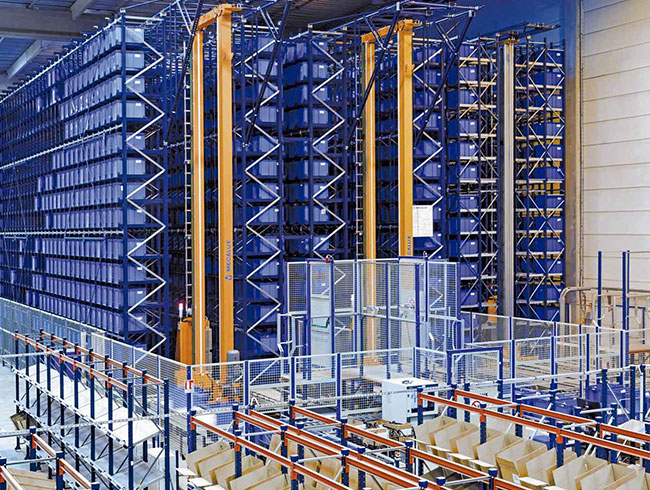With this Pallet Rack Refresher you will be able to learn more about the various options that are currently available from sdfbcx's blog
In addition to the numerous different configurations of pallet racking, each configuration has its own set of characteristics and advantages that distinguishes it from the others.
To the contrary of popular belief, there are numerous factors to take into consideration when determining the most appropriate type of rack for your particular application.
Some examples of these factors to take into consideration are as follows:
Then, what kind of business do you own and operate in that situation?
When determining which type of pallet racking will work best for his or her operation, the decision-maker must take into account a variety of factors.
The selective pallet rack is the most fundamental of the many different types of pallet racks that are currently available. Because it allows for the simultaneous storage and retrieval of all pallets from a single aisle while remaining within the confines of a single aisle, it is referred to as a selective rack.
Deep reach rack configurations, also known as double deep rack configurations, are a type of selective rack configuration that is more densely packed than the standard configuration. Deep reach racks are commonly found in data centers, where they provide increased capacity. In order to gain access to both the front and rear pallets, however, special deep reach forklifts must be used because the aisle is far too narrow for standard forklifts to operate safely and efficiently. Both pallets should be labeled on the outside with the same SKU number, if at all possible.
Mobile pallet racking is a variation on the standard selective pallet racking Automated Storage And Retrieval System that can be used anywhere. It is a portable version of the standard Assembly Lines System. It's a portable version of the standard Automated Storage And Retrieval System, as the name implies. As the name implies, it is a portable version of the standard operating system.

This system makes use of mobile pallet racking with high capacity trollies that are controlled by servo motors in order to transport entire rows of pallet racking. Single deep racks, in general, are best suited for storing products that move slowly and need to be contained in a small amount of space, as opposed to double deep racks.
A variety of shapes and sizes are available for pallet racks, with the push-back pallet rack being the most commonly used. In accordance with this layout, an arbitrary number of carts is placed on each level of a rack that runs the length of the corridor on each level of the rack. Products are placed on the top cart of the storage area, which is accessible from the outside, in order to be kept safe and protected from damage. It is necessary to move a pallet forward when another pallet needs to be stored next to it in the same location as the pallet in front of it. The pallet in front of it is then pushed back to make room for the new pallet to be stored on the cart adjacent to it in the stack. This is followed by a repetition of the procedure until there are no more carts left in the stack of carts to be moved, at which point the process is complete. Finally, it is necessary to align the final pallet with the rails on which the carts will be pushed in order to ensure that they are parallel with one another. The fact that this type of Assembly Lines System allows for four deep storage with all four loads accessible from a single aisle is deemed convenient by many businesses because it makes inventory management more straightforward. Although the racks are dense, the disadvantage is that they are expensive, and the carts take up some of the available vertical space within the building, which is not desirable.
Comparing drive-in racks to other storage options, drive-in racks are the most cost-effective solution for storing SKUs and other similar items. When pallets are stored in a single layer of a single-layer rack system, they are one pallet wide but several pallets deep (between six and twelve pallets). When a forklift drives into a pallet rack Automated Storage And Retrieval System, it is able to reach pallets that are located further back in the Assembly Lines System than the forklift's forklift arm can reach by itself. The fact that the forklifts are contained within the rack has a number of disadvantages, the most significant of which is that it is a slow , as previously stated. Furthermore, selectivity is something that should be taken into consideration.

The Wall